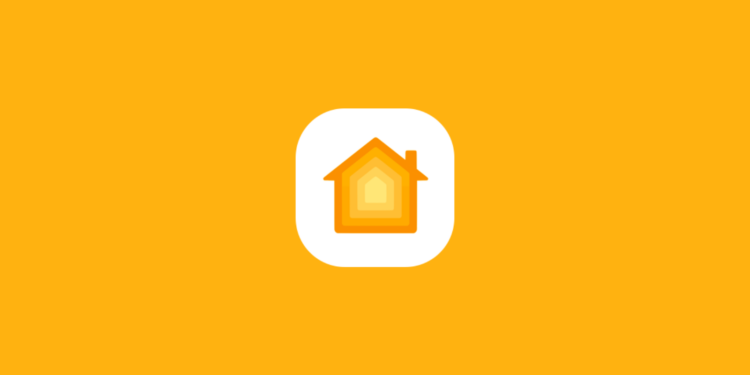Apple is expanding its product portfolio in the area of smart home technology and is preparing to launch new versions of the HomePod with display next year. These devices are not only expected to score points with their innovative design but also with the integration of artificial intelligence (Apple Intelligence) and a new operating system called homeOS. This marks a significant step in Apple's smart home strategy and could change the use of smart speakers and displays in our homes. Here you can find out all the details about the planned products.
According to a recent report According to a report by Mark Gurman published in Bloomberg's Power On newsletter, Apple plans to launch new versions of its HomePod with display next year. These new smart home products will come in two variants and will enhance the smart home experience with innovative features and a new operating system called homeOS improve.
Two HomePod models with display
Apple is currently working on two different versions of the HomePod with display. Both models are expected to be released next year and will cover different price segments:
- Cheap variant (codename J490): This version is aimed at users who are looking for a cheaper smart home solution. It will have a square display and will be powered by an A18 chip. It will also have a camera for FaceTime and will be partially controlled using hand gestures. This will be the first time that Apple Intelligence, Apple's new AI-based technology, will be introduced into the HomePod range.
- Premium model (codenamed J595): The high-end model will have a larger display and a robotic arm that can presumably move the display in different directions. Gurman expects this model to cost over $1,000 and will be aimed at users who want the best in technology and flexibility.
homeOS – the new operating system
One of the most exciting updates to the new HomePod devices is the homeOS operating system. According to Gurman, however, this is based on the existing tvOS and could ultimately be a combination of both systems. The goal of homeOS is to offer an interface specifically optimized for smart home functions, allowing users to control their devices even more easily and efficiently.
- Apps and widgets: The cheaper model of the HomePod will run apps such as calendar, notes and the Home app natively. What's particularly exciting is that the home screen will focus primarily on widgets instead of traditional apps. This gives you quick access to important information and controls for your smart home.
Apple Intelligence – AI moves into the smart home
Another big highlight of the new HomePods is the integration of Apple Intelligence. So far, Apple's current smart home products, including the HomePod for 349 euros, do not support AI functions. However, this will change with the new models. Apple is working on integrating artificial intelligence into the new HomePods, which will enable control via hand gestures, among other things.
- Personalized control: AI should enable the devices to learn your preferences and adapt to your behavior. Whether you want to dim the lights or start your favorite music - in the future, the HomePod could know exactly what you need and make your life easier.
Price and availability
According to Gurman, the new HomePods with display will be launched next year. The cheaper model will be a more affordable option, while the high-end device with a robotic arm and larger display will serve a premium price segment. There are no concrete pricing details yet, except that the premium model could cost over $1,000.
Apple's HomePod with Display: A Look at the Future of Your Smart Home
With the new HomePods and homeOS, Apple is bringing a breath of fresh air to the smart home market. The integration of Apple Intelligence and user-friendly control via gestures and widgets could change the way we use our smart home devices. Whether you choose the cheaper model or the more expensive high-end version, Apple is setting clear standards for the future of home technology with these devices. Next year it will be exciting to see how Apple brings these products to market and how they compare to other smart home solutions. (Image: Apple)





